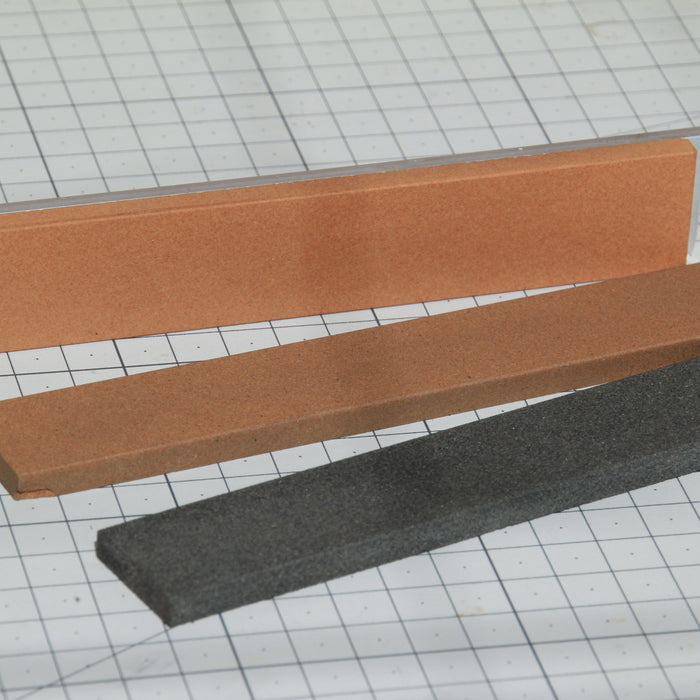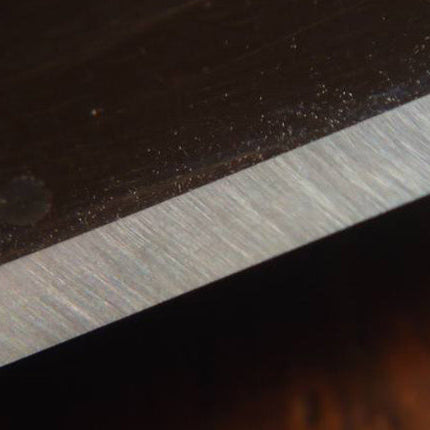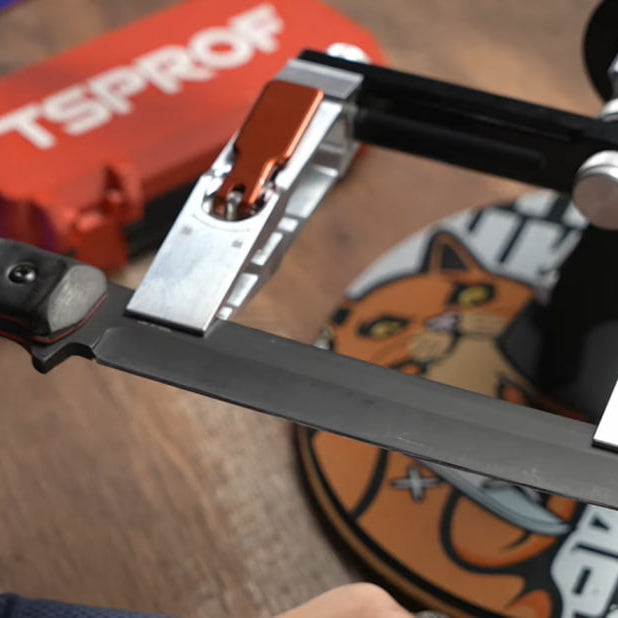
PGK steel is one of the new rolling mono steels that has proven itself to be excellent in the production of knives. The steel has a very interesting composition, almost ideal for blades designed for hard work, tourism, survival and hunting.

PGK is produced by the German steel company Lohmann, one of Europe's oldest steel factories. It was founded in 1790 in Witten and has been producing a wide variety of steel products for many industries ever since. German metallurgists started with crucible steels, and from the beginning of the XX century they switched to production of tool and high-speed steels.

Nowadays the company uses electroslag remelting and vacuum degassing. And induction melting furnaces play the main role in the production of high-quality steels. Thanks to their use in the process of metal production evaporation and slagging is reduced. A very important role in production is played by spot application of ferroalloys, which are added to the metal after computer spectroscopic analysis. Vacuum-oxygen decarburizing in a special facility allows the steel to be given the desired characteristics. These methods help produce PGK steels of the most consistent quality. PGK's performance characteristics approach those of powder steels such as CPM 3V and CTS-PD1 and surpass its main competitor, D2 steel.

The composition of PGK steel is characterized by a large number of alloying elements, the main purpose of which is to increase its wear resistance.
The steel composition includes: Carbon (C) - 1.15%, Chromium (Cr) - 8.5%, Vanadium (V) - 1.95%, Tungsten (W) - 1.55%, Molybdenum (Mo) - 1.5%, Silicon (Si) - 0.9%, Manganese (Mn) - 0.4%. The carbon content of 1.15% allows to bring the hardness of steel to 62-63 HRC without losing ductility and toughness. The content of chromium in the alloy is 8.5%, which doesn't allow calling the steel stainless, because at least 13% is needed for that. But the main feature of this steel from the Lohmann Group, was the alloying with elements such as molybdenum, vanadium and tungsten.

More than 1.5% of tungsten gives the steel extra strength. Molybdenum is responsible for preventing brittleness of the blade, gives it the necessary rigidity, including when working "on the fracture", when working with wood. The amount of molybdenum is 1.5%, which is an excellent result for rolling steel. But the greatest interest in this alloy is the amount of vanadium, which significantly affects the wear resistance. Here its amount is 1.95%, which is significantly higher than in steels such as D2, in which there is only 0.90%. It is the combination of high carbon, vanadium, molybdenum and tungsten content that makes the steel capable of long term cutting, including highly abrasive materials. PGK is normally heat-treated to 62-63 HRC, but the blade does not become brittle, which is often the case with other monosteels.

There is a well-established belief that PGK is superior to powder high speed steels, which are also used extensively in heavy duty knives. For example, a steel like CPM 3V from Crucible, which has 2.75% vanadium in its composition. However, you should keep in mind that this "powder" is calibrated by most manufacturers to a hardness of not more than 60 HRC, and it can naturally lose to PGK steel with a hardness of 63 HRC. However, at a comparable hardness, the powder-refined steel will exhibit qualities just as good.

PGK is also often compared to Carpenter's CTS-PD1 powder steel. It is a Micro-Melt steel with 2.35% vanadium and 1.1% carbon. It is designed for heavy-duty tools, including impact, and is great for hiking and survival knives. However, in this case, the comparisons are often speculative and unsupported. This is due to the extremely small number of knives produced from PD1. It is quite expensive and tricky to work with. It is not correct to compare it with PGK, which has recently gained high popularity. However, Lohmann's steel is an excellent material for the production of strong and reliable knives, far superior to many competitors and a worthy alternative to the main player in this field - D2 steel.











